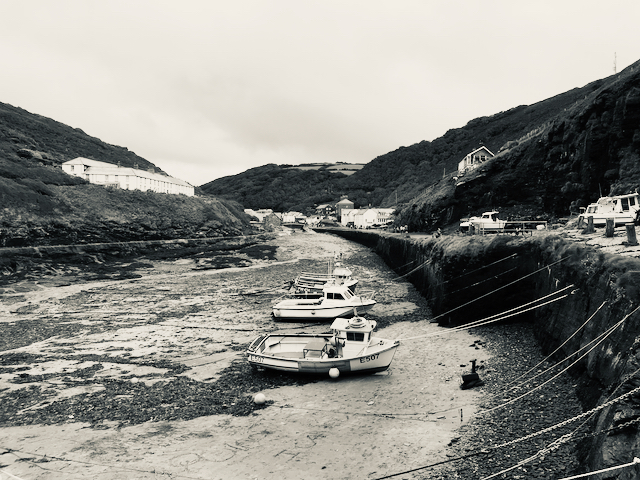A year on from declarations of climate emergency in the construction industry I am looking for ways to carry on emphasising the scale of the problem and the scale of the action we need to take. I feel that behind these bold declarations of emergency we are no closer to seeing the system-wide changes that we need and are instead focusing on smaller details.
Baseline shift
This idea inspired by a review I read of book ‘Fire in Paradise’, about the wild fire that destroyed the town of Paradise in California. (https://www.theguardian.com/commentisfree/2020/aug/21/the-climate-crisis-has-already-arrived-just-look-to-californias-abnormal-wildfires)
The article makes the point that it is tempting to think of climate breakdown as something that will happen one day in the future – implying we have time to fix things before a point of no return. This notion blinds us to the idea that climate breakdown has begun,as demonstrated by unprecedented events such as the California wildfires.
The problem is that because these disaters happen gradually, we get used to them happening and don’t notice them. This is the concept that ecologists refer to as Baseline Shift. Monbiot sites numerous examples of this in his book Feral, for example how in UK conservation we often seek to preserve a nineteenth century view of the countryside, which is itself is a much degraded version of landscape that we have collectively forgotten about.
My idea is to run a project that gets people to record examples of everyday life, habits and decisions as they are now, both as a record but also to emphasise just how much these are likely to change.
These could be coupled with images from records from ten or twenty years ago (a sort of ghost of Christmas pass, present and future).
There is the opportunity for these records to be highly visual. Compelling images as well as data showing the increasing instances of extreme whether events.
A related idea could be to produce a future book of animal and plant species, with an abundant past, the depleted present and then options for what the future might look like.
Bearing witness
The second idea is to get leaders to see the potential and limitations to the scale of thinking about the climate crisis.
My starting point is to imagine some sort of timeline which begins at the publication of the IPCC report on 1.5 degrees in 2018 and ends at 2030, the year by which we need to have reduced our cabon emissions by 80% in order to have a 50% chance of limiting temperature rise by 1.5 degrees.
And then against each year, we log the actions taken by the leading players in engineering and construction. It is a chance to identify the visionary and the vision-impaired.
It should be based directly on what policies have actually been taken.
A history of the future
Taking the timeline further, I can imagine producing a book that is a history of the future: how construction responded to the climate emergency. The book would have an introduction, and then chapters from the year 2019 to 2030, the first chapter complete with actions taken so far, and the remaining chapters blank. There would be opportunities to talk about visions for the future. There would also be blank pull-out boxes, with titles but no contents, for example ‘the moves that mattered’, ‘early pioneers’, trajedies, celebrations.
The book would be updated annually, and free copies sent to the organisations mentioned.
I think the blank pages would be a poingant message that history is there to be written.


Oliver Broadbent
A further thought on this, the history of the future book could be used as a teaching tool and the basis of workshop exercises in universities.